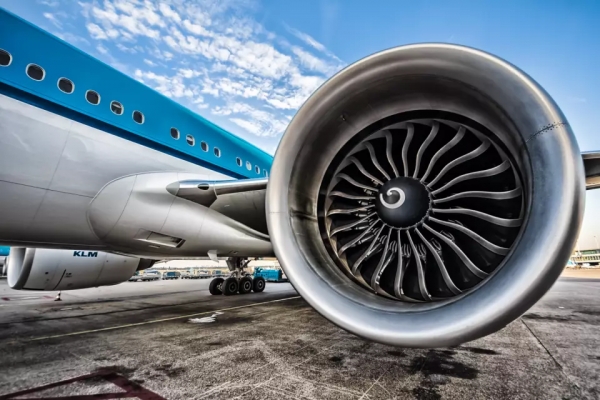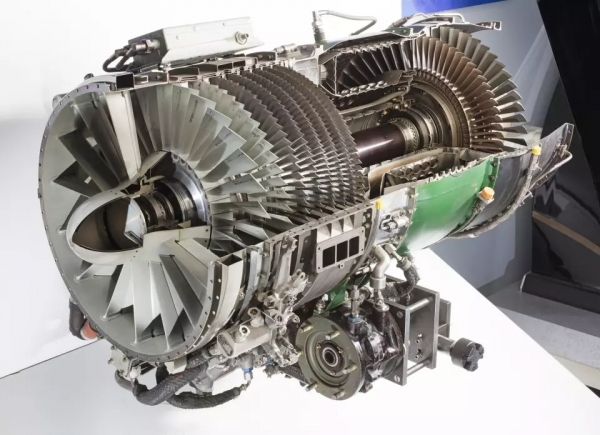
 Data Structure
Data Structure Networking
Networking RDBMS
RDBMS Operating System
Operating System Java
Java MS Excel
MS Excel iOS
iOS HTML
HTML CSS
CSS Android
Android Python
Python C Programming
C Programming C++
C++ C#
C# MongoDB
MongoDB MySQL
MySQL Javascript
Javascript PHP
PHP
- Selected Reading
- UPSC IAS Exams Notes
- Developer's Best Practices
- Questions and Answers
- Effective Resume Writing
- HR Interview Questions
- Computer Glossary
- Who is Who
Explain the working of a turbojet engine.
A turbojet engine is used in Aircraft. These are air-breathing engines which suck in air from the atmosphere for combustion. It has various components like inlet, compressor, combustion chamber, turbines, and nozzle. Air is drawn into the turbojet engine, compressed, mixed with fuel, and burned continuously.
The exhaust product of this burning operates the turbine for the compressor, producing thrust which propels the aircraft. Turboprops are used in smaller and slow-paced air crafts as turbojets are not efficient at low speeds whereas turbofans have better specific fuel consumption than the turbojet. These engines are generally installed below the wings or near the espionage.

Heinkel He 178 became the world's first aircraft to fly under turbojet power on 27 August 1939. Early designs were restricted by the lack of technology. At that time, materials able to withstand high temperatures were not invented yet.
Design of the Turbojet Engine
Inlet: The inlet forms a passage for the air and guides it into the compressor. It decreases the turbulence and directs the flow into the compressor. For subsonic air crafts, the inlets are designed with thick lips whereas, in supersonic jets, the inlets are designed with sharp or thin lips to minimize the drag due to shock waves.
Compressor: Modern air crafts use axial compressors. The compressors consist of rotating and stationary blades attached to a shaft which is driven by the turbine. This forms a cycle once the engine is started. The function of the compressor is to compress the air coming through the inlet so as to raise its pressure and temperature. This process is required to burn the fuel in the combustion chamber.
The rotating blades are known as rotors and the stationary blades are called stators. The stators and rotors are arranged in an alternate fashion. The rotors rotate the air flow in a spiral direction parallel to the direction of the shaft while the stators direct the airflow. This spiral motion increases the pressure of the air by 15 times and in the case of turbofans up to 44 times.

Combustion chamber: The high-pressure air from the compressor is now forced into the combustion chamber where it is thoroughly mixed with the fuel and ignited. The combustor must be designed such that it can withstand high temperatures and the combustion should be held in the combustor alone as if it passes to the turbines, they will be damaged due to the heat.
The combustor has a case which acts as a vessel to withstand the high temperatures and pressures. The diffuser in the compressor is used to slow down the compressed air from the compressor to an optimum speed for combustion. The fuel injector injects the fuel into the compressor, where it mixes with the compressor air. This mixture is ignited with the help of igniter which creates a spark for ignition of the mixture.
Turbines: The hot mixture leaves the combustor and expands through the turbine. This mixture causes the turbine blades to rotate. These blades are connected to the same shaft which is present in the compressor. Thus the turbine rotates this shaft which works the compressor. The turbine also expands the gas and accelerates it towards the nozzle. As the turbine will experience high-temperature gasses, the materials selected for the turbine should be heat resistant.

Nozzle: The gas from the turbine is further expanded by the nozzle. The gas expands adiabatically thus has greater efficiency. The nozzle increases the speed of the exhaust, thus providing thrust. There are various shapes of nozzle-like convergent nozzle, divergent nozzle convergent-divergent (C-D) nozzle.

